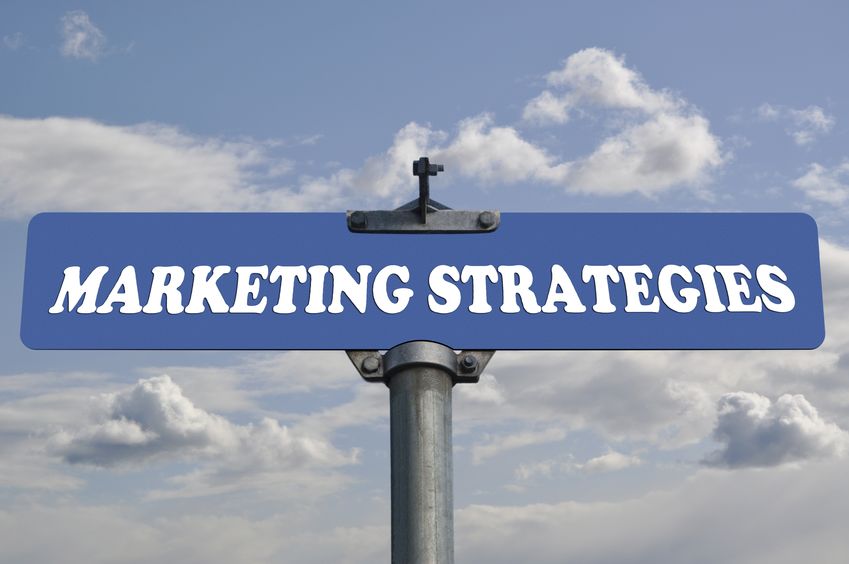Outbound Marketing vs Inbound Marketing… it’s a bigger deal than you think!
By Dan Hutson
Your CEO loves the direct mail you churn out … but probably wouldn’t love the fact that most of it ends up in the trash, unread. Your sales team is clamoring for a new marketing brochure … which soon will join its direct mail brethren (yes, even when you’ve handed it to a “prospect.”)
Outbound Marketing
Traditional outbound interruption marketing is intrusive and annoying, and it doesn’t work well for senior living. To be honest, it sucks. Let’s look at just a few reasons why:
It’s expensive. Traditional print, radio and TV are costly and untargeted. Most of the people you hit with your message will never be your customer.
It’s one-way. Traditional outbound communication is typically about you speaking and them listening (if you’re lucky). There is no dialogue, which any good salesperson will tell you is essential to making a sale in this industry.
It’s not personalized. Your ad communicates one message to everyone. But we know from dealing with prospects that every individual is unique, with varying needs and interests.
It’s highly perishable. Even with an expensive campaign, your communication catches a tiny slice of the market at the time it’s broadcast to the masses. Good luck putting it out there in front of the right person at exactly the right time, under the right circumstances.
Pushing out a message about your features and benefits isn’t the same as having a genuine dialogue about people’s fears, desires, needs and aspirations. This is a complex, personal, emotional purchase requiring a more strategic approach that educates and illuminates.
Instead, we continue to see marketing that seems to equate the purchase of community living with buying a pizza or carpet cleaning services. If you treat your product like a commodity through your marketing, then don’t blame the consumer for thinking of it as a commodity—one they have no interest in buying. The best marketing informs, engages, and adds its own intrinsic value to people’s lives.
If you’re being honest with yourself, you know this already.
Inbound Marketing
Unless they’re in crisis mode, the time between a prospect’s first click on your website and a move-in can be weeks, months or even years. Marketing can either generate that first contact and be largely done with it, handing the relationship off to sales, or it can work closely with sales to support the process of moving a prospect to purchase through the creation and distribution of helpful, highly relevant and emotionally engaging content. The former approach is lazy and inadequate. The latter helps to grow the relationship and build trust.
A widow is worried about how to finance her move, and whether she’ll fit in. Does she need more information on your features and amenities, or does she need a guide that helps her think through how to finance senior living, stories that show how real people flourish socially in community settings, and other content that offers answers and builds confidence, tailored to her specific needs?
This is the kind of marketing that helps you stand out from the many competitors who are happy to inundate her with traditional marketing brochures and direct mail pieces that extol the virtues of their communities. (“We have a chandelier in the lobby! We have a swimming pool! We have stock photos of happy generic seniors!”)
She would hang on to your marketing materials because they’re helpful, and remember your organization as the one that wasn’t simply trying to sell her something.
A permission-based, inbound marketing strategy that segments by who the customer is and where they are in their journey enables you to reach the right people with the right information when they want and need to access it. It’s a more effective approach because it puts what the customer wants—not what you want—at the center of the program. Remember, consumers are in charge, and they demand content tailored to their needs. Those organizations that meet and even anticipate highly individualized needs will be best positioned to weather the inevitable disruption that’s coming our way.
Or you could just send out another marketing brochure. Your call.








